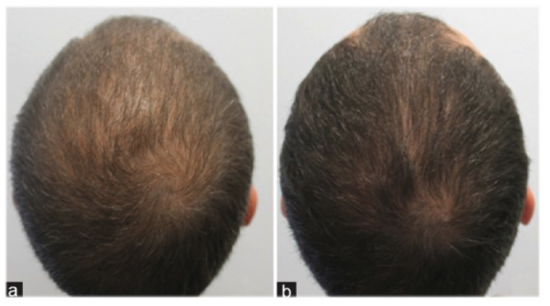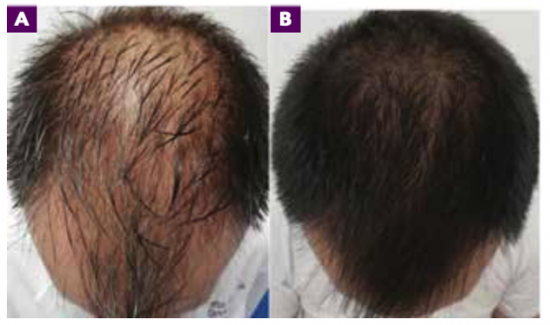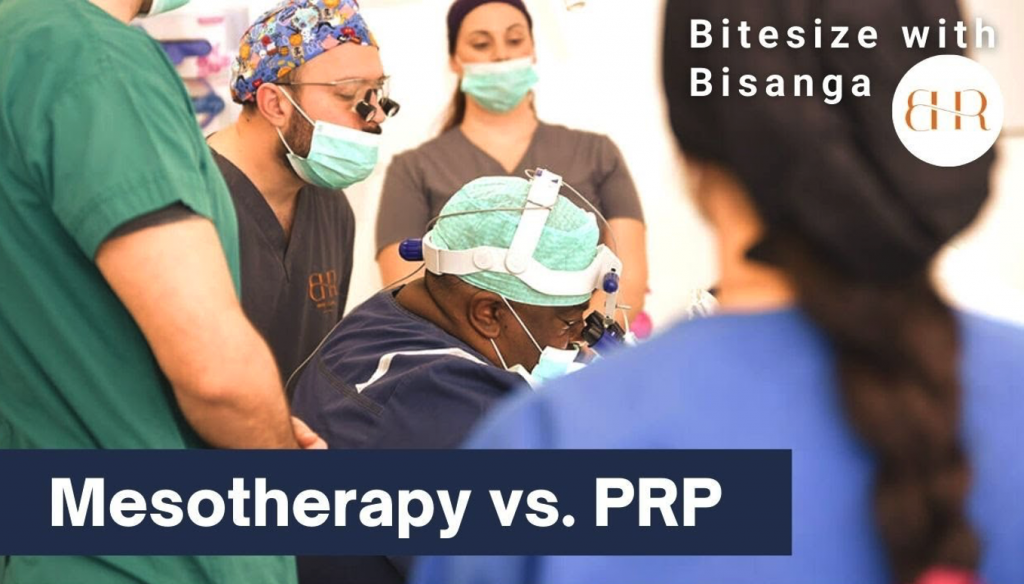Dutasteride is used off-label worldwide in the treatment of androgenetic alopecia (AGA) and has proved to be an efficient weapon in the armory against the hairloss battle.
As a hairloss drug, it has some similarities but also differences to Finasteride. Unlike Finasteride, it will affect both types of alpha 5 reductase, i.e type I and II 5-alpha-reductase, and binding of DHT levels are higher, nearer to 90%, whereas in finasteride it is around 70%. Finasteride orally is taken in the form of 1mg tablet and DUT 0.5mg.
User concern with dutasteride is that they may experience unwanted side-effects that range from sexual side effects like decreased libido, erectile dysfunction, and problems ejaculating, to more visual gynecomastia. Usually, sides are reversible with the ceasing of the drug, but nevertheless, often a concern, and more so for dutasteride which is essentially more powerful in that it will bind both types of DHT. If there are any side effects, then the patient would cease treatment but need to bear in mind that dutasteride has a longer half-life, (the time it takes for the concentration or amount in the body of a drug to be reduced by exactly one half ), than finasteride so it can take months for normality to revert rather than weeks on finasteride with its shorter half-life. The benefit of this is that the other side of the coin is there can be longer periods between treatments, and partly why this is a good option for mesotherapy.
With this in mind, mesotherapy using dutasteride has also been used in patients with AGA. Mesotherapy has been known for vitamins or plant extract injections but now also for the usage of pharmaceutical products in the hairloss fight.
Being able to inject to a sub-cutaneous level and directly next to the follicle is the idea of bringing benefits without a more systemic issue and thus having a lower side effect profile.
Therapy will involve frequent treatment sessions, this is still not universally agreed upon in terms of frequency but one factor is that it has to be accessible to the patient and something that they can adhere to and keeping in mind that for the most part international travel is needed. Dr.Kostis proposes treatments at 3 monthly intervals.
Dr.Kostis will administer 1 mL of intradermal dutasteride 0.01% injections and repeat this every 3 months, so day 1, then at 3 months, and then at 6 months, by which time there would have been 3 separate sessions completed. A consultation is then beneficial to assess the hair benefits in terms of quality, i.e hair diameter, and density, and also to see if there had been any side-effects. Some may appear and then disappear as one is more used to the treatment, or it may indeed be persistent or as more likely noted, none reported. indeed one benefit of this treatment is the ability to have a high concentration of dutasteride in the hair root without systemic absorption and hormonal changes elsewhere.
 Scalp vascularity and the use of lipid nano-particles ensure at low dose and frequency, the treatment can be effective for AGA. The shelf life means that treatments can be at fairly long intervals, which is beneficial for those who have to travel, and also the benefits are more directly for the hair through the delivery mechanism and less possibility for unwanted sides.
Scalp vascularity and the use of lipid nano-particles ensure at low dose and frequency, the treatment can be effective for AGA. The shelf life means that treatments can be at fairly long intervals, which is beneficial for those who have to travel, and also the benefits are more directly for the hair through the delivery mechanism and less possibility for unwanted sides.


RESULTS SHOWN FROM WORLDWIDE VARIOUS TRIALS AFTER 3 SESSIONS OF 1ML INTRADERMAL DUT, 0.01%



